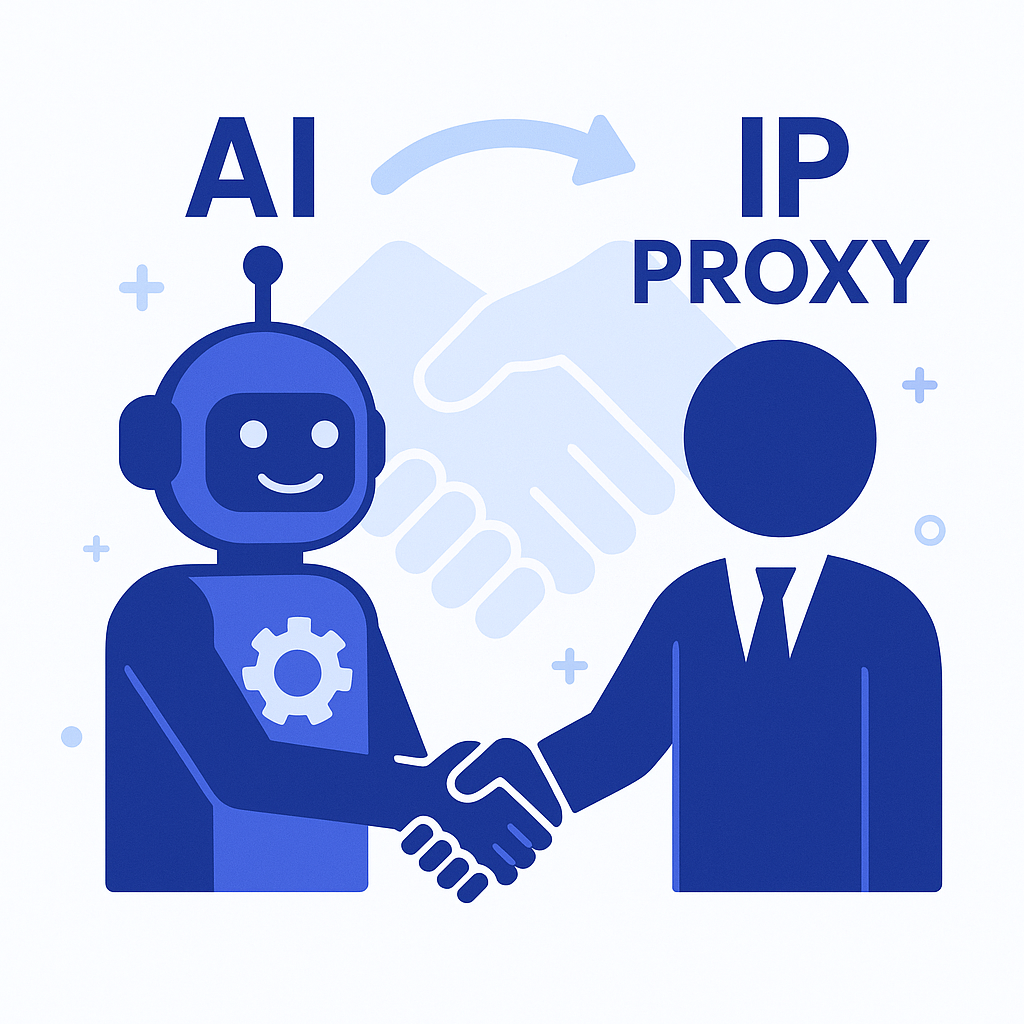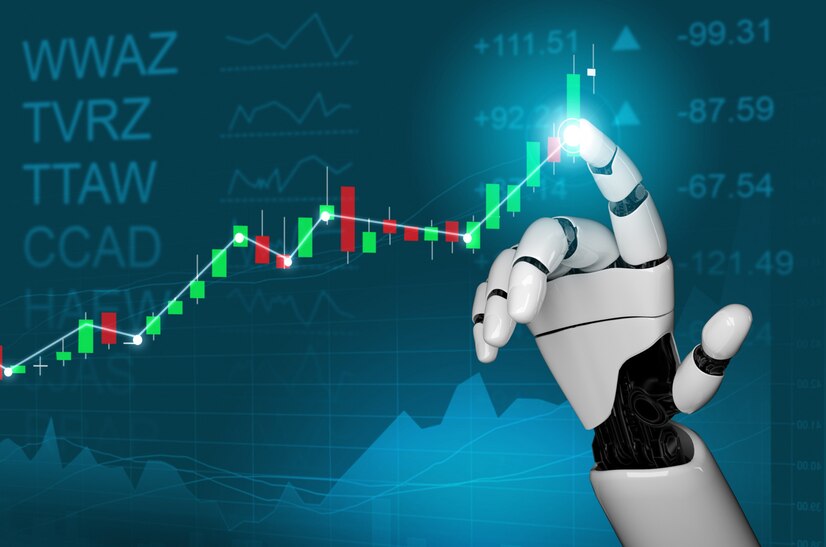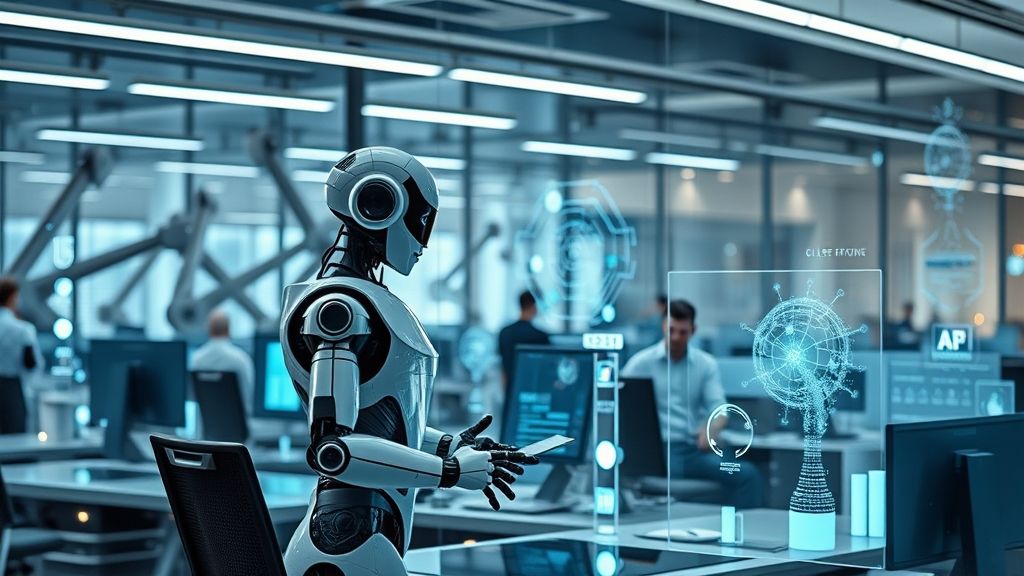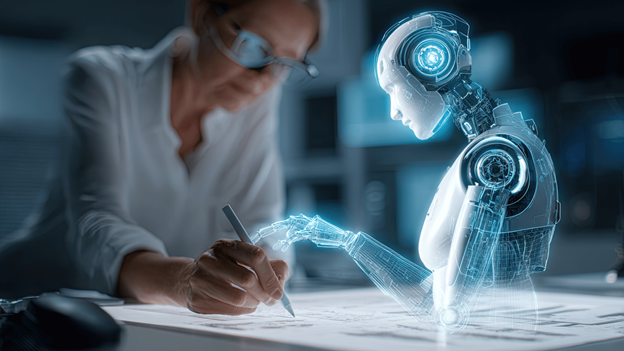Understanding Computer Vision: The Eyes of Artificial Intelligence
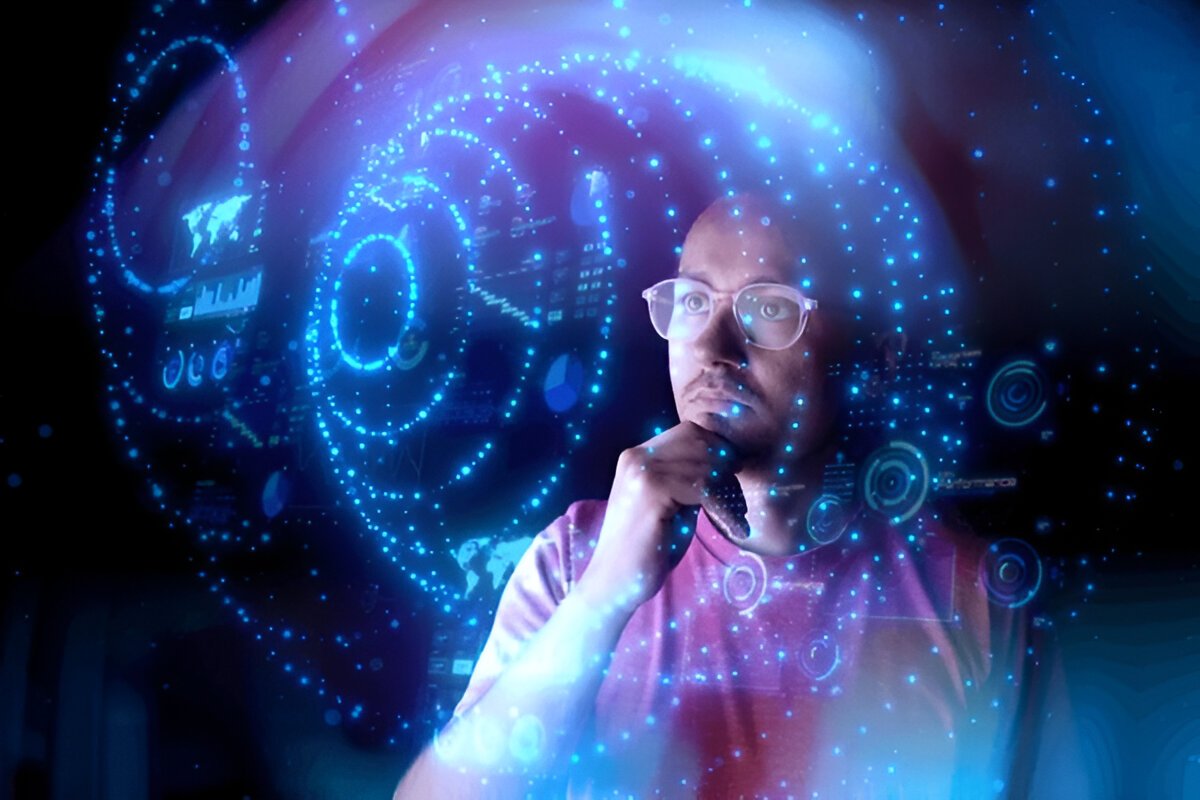
Strong 8k brings an ultra-HD IPTV experience to your living room and your pocket.
In the rapidly evolving landscape of technology, computer vision stands out as one of the most fascinating and impactful fields within artificial intelligence (AI). It equips machines with the ability to interpret and understand the visual world, much like humans do.
This capability is transforming industries, enhancing automation, and opening new frontiers in how machines interact with their environment. In this comprehensive blog, we will explore what computer vision is, how it works, its applications, recent advancements, and its promising future.
What Is Computer Vision?
Computer vision is a branch of AI that enables computers and systems to derive meaningful information from digital images, videos, and other visual inputs. It involves developing algorithms and models that allow machines to "see," process, and make decisions based on visual data.
Unlike traditional programming, where explicit instructions are given for every task, computer vision systems learn to recognize patterns and objects through training on large datasets. This mimics human visual perception but relies on cameras and sensors instead of biological eyes.
Why Is Computer Vision Important?
Humans rely heavily on vision to understand the world around them. For machines to operate autonomously or assist humans effectively, they need similar visual capabilities. Computer vision bridges this gap by enabling:
Automation of visual tasks: Tasks like inspection, monitoring, and recognition can be automated, improving efficiency and accuracy.
Enhanced decision-making: Machines can analyze visual data to make informed decisions in real-time.
Human-machine interaction: Computer vision powers applications like augmented reality and gesture recognition, making interactions more natural.
How Does Computer Vision Work?
At its core, computer vision involves several key steps that transform raw visual data into actionable insights:
Image Acquisition
The process begins with capturing images or video streams using cameras, sensors, or other devices. The quality and type of input significantly influence the system’s performance.
Preprocessing
Raw images often contain noise or distortions. Preprocessing techniques such as filtering, normalization, and contrast adjustment help enhance image quality and prepare data for analysis.
Feature Extraction
This step involves identifying important visual elements like edges, shapes, textures, or colors. Features serve as the foundation for recognizing and classifying objects.
Object Recognition and Classification
Machine learning models, particularly deep learning networks like Convolutional Neural Networks (CNNs), analyze extracted features to identify and classify objects within images. These models learn from vast datasets and improve over time.
Post-processing and Decision Making
Once objects are recognized, the system can interpret the scene, track movements, or trigger specific actions based on the visual information.
The Role of Deep Learning in Computer Vision
Deep learning has revolutionized computer vision by enabling systems to automatically learn hierarchical features from data. CNNs, inspired by the human visual cortex, process images through multiple layers, detecting simple patterns like edges in early layers and complex objects in deeper layers.
Training these networks requires large labeled datasets and significant computational power. However, once trained, they can perform tasks such as face recognition, object detection, and image segmentation with remarkable accuracy.
Real-World Applications of Computer Vision
Computer vision is no longer a futuristic concept; it is actively shaping numerous industries today. Here are some of the most impactful applications:
Autonomous Vehicles
Self-driving cars rely heavily on computer vision to perceive their surroundings. Cameras and sensors detect pedestrians, other vehicles, traffic signals, and road conditions, enabling safe navigation and decision-making.
Healthcare
In medical imaging, computer vision assists in detecting anomalies such as tumors, fractures, or infections from X-rays, MRIs, and CT scans. It enhances diagnostic accuracy and speeds up analysis, aiding doctors in treatment planning.
Manufacturing and Quality Control
Automated inspection systems use computer vision to detect defects on production lines, ensuring products meet quality standards. This reduces human error and increases throughput.
Retail and Marketing
Retailers use computer vision for inventory management, customer behavior analysis, and personalized marketing. For example, smart shelves can detect when products run low, and cameras can analyze shopper movements to optimize store layouts.
Agriculture
Drones equipped with computer vision monitor crop health, identify pest infestations, and assess soil conditions. This data helps farmers make informed decisions to increase yield and sustainability.
Security and Surveillance
Facial recognition and behavior analysis enhance security systems in public spaces, airports, and workplaces, helping detect suspicious activities and identify individuals.
Emerging Trends in Computer Vision
The field of computer vision is dynamic, with continuous innovations pushing its boundaries. Some notable trends include:
Edge Computing
Processing visual data locally on devices (edge computing) reduces latency and dependence on cloud connectivity. This is crucial for real-time applications like autonomous drones or industrial robots.
Multispectral and Hyperspectral Imaging
Beyond visible light, these imaging techniques capture data across multiple wavelengths, providing richer information for applications in agriculture, environmental monitoring, and medical diagnostics.
Explainable AI (XAI)
As computer vision systems become more complex, understanding how decisions are made is vital. XAI aims to make AI models more transparent, increasing trust and enabling better debugging.
Integration with Augmented Reality (AR) and Virtual Reality (VR)
Computer vision enhances AR and VR experiences by enabling real-time object recognition, environment mapping, and gesture tracking, making interactions immersive and intuitive.
Challenges in Computer Vision
Despite its progress, computer vision faces several challenges:
Data Quality and Quantity: Training effective models requires large, diverse, and well-labeled datasets.
Computational Resources: Deep learning models demand significant processing power and memory.
Generalization: Models trained on specific data may struggle to perform well in different environments or lighting conditions.
Privacy Concerns: Facial recognition and surveillance applications raise ethical and privacy issues that need careful regulation.
The Future of Computer Vision
The future of computer vision is incredibly promising. Advances in AI, hardware, and imaging technologies will enable machines to understand visual data with even greater accuracy and context awareness. We can expect:
More pervasive use in everyday devices: Smartphones, home assistants, and wearables will increasingly incorporate computer vision.
Smarter autonomous systems: From drones to robots, machines will become more capable of operating independently in complex environments.
Enhanced human-computer interaction: Natural interfaces using gesture and facial recognition will become mainstream.
Cross-disciplinary innovations: Combining computer vision with other AI fields like natural language processing will create more holistic intelligent systems.
Conclusion
Computer vision is truly the "eyes" of artificial intelligence, enabling machines to see, interpret, and interact with the world in ways previously thought impossible. Its applications span from autonomous vehicles and healthcare to agriculture and security, driving efficiency, safety, and innovation across industries.
While challenges remain, ongoing research and technological advancements promise a future where computer vision will be seamlessly integrated into our daily lives, transforming how we live and work.
Note: IndiBlogHub features both user-submitted and editorial content. We do not verify third-party contributions. Read our Disclaimer and Privacy Policyfor details.




